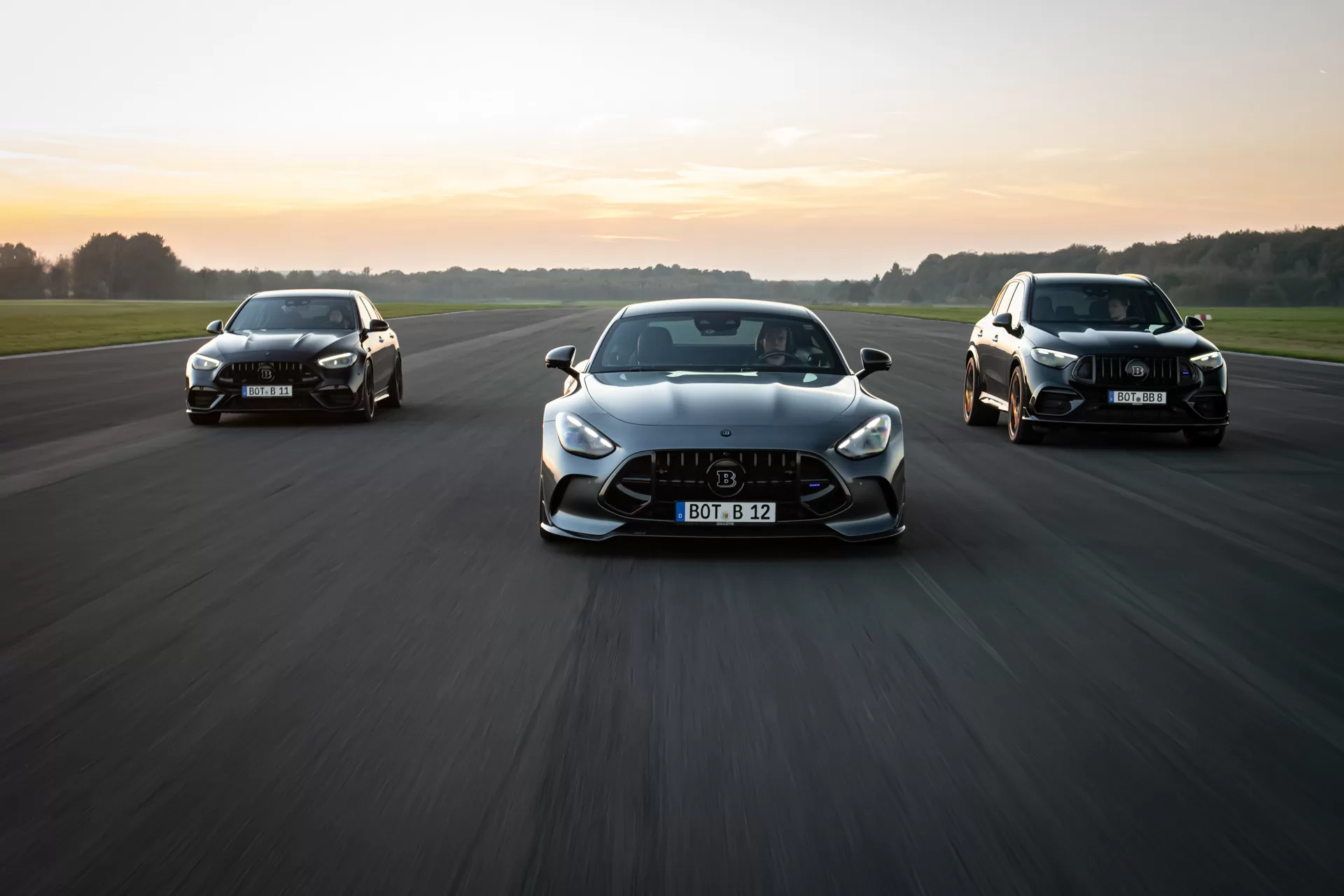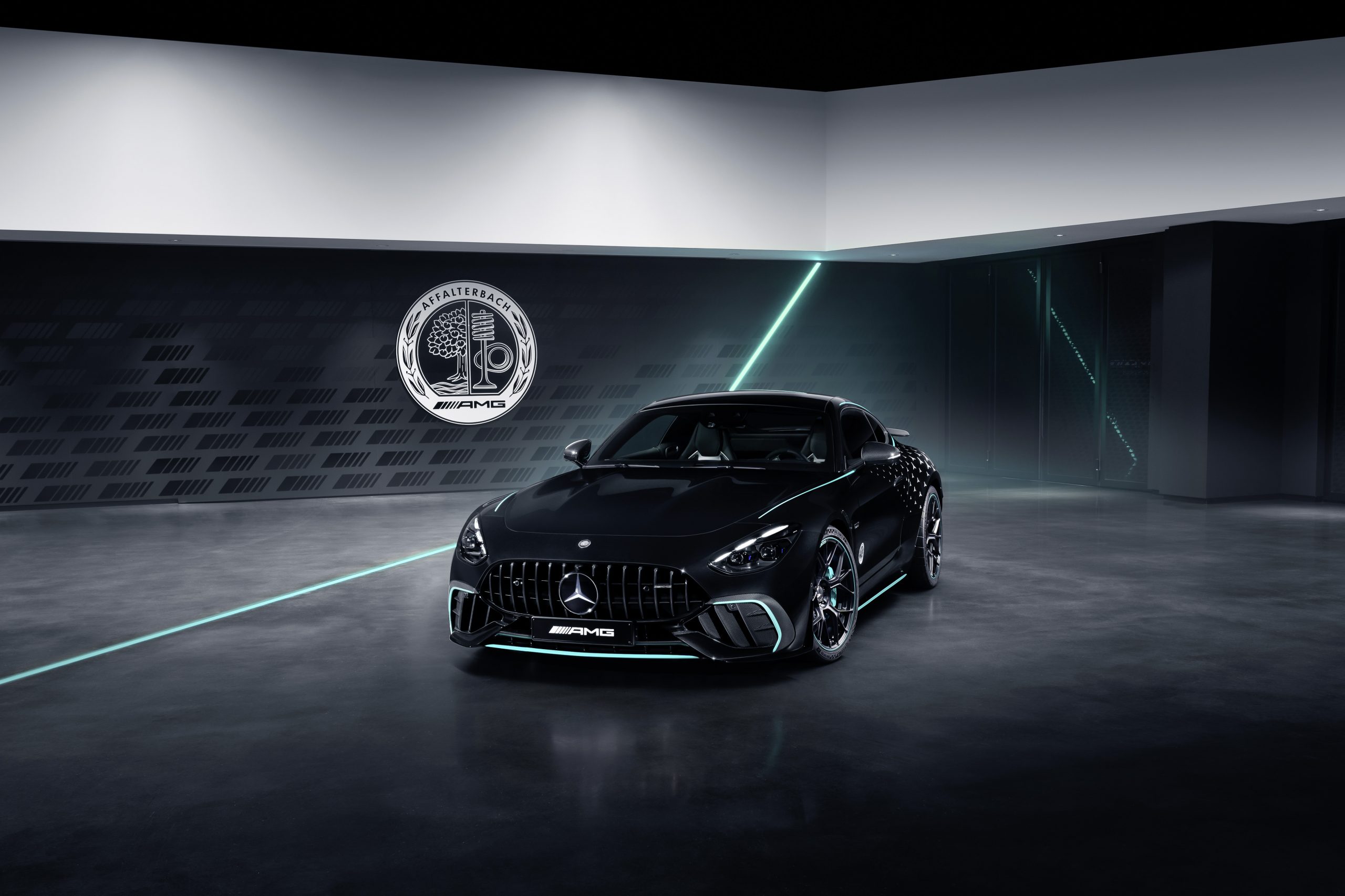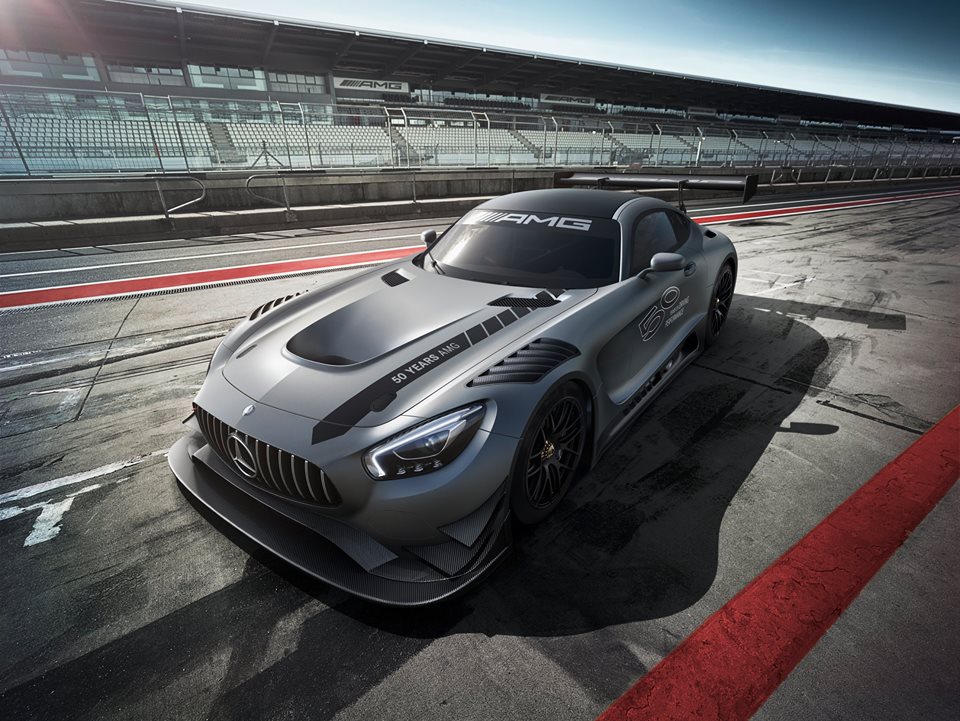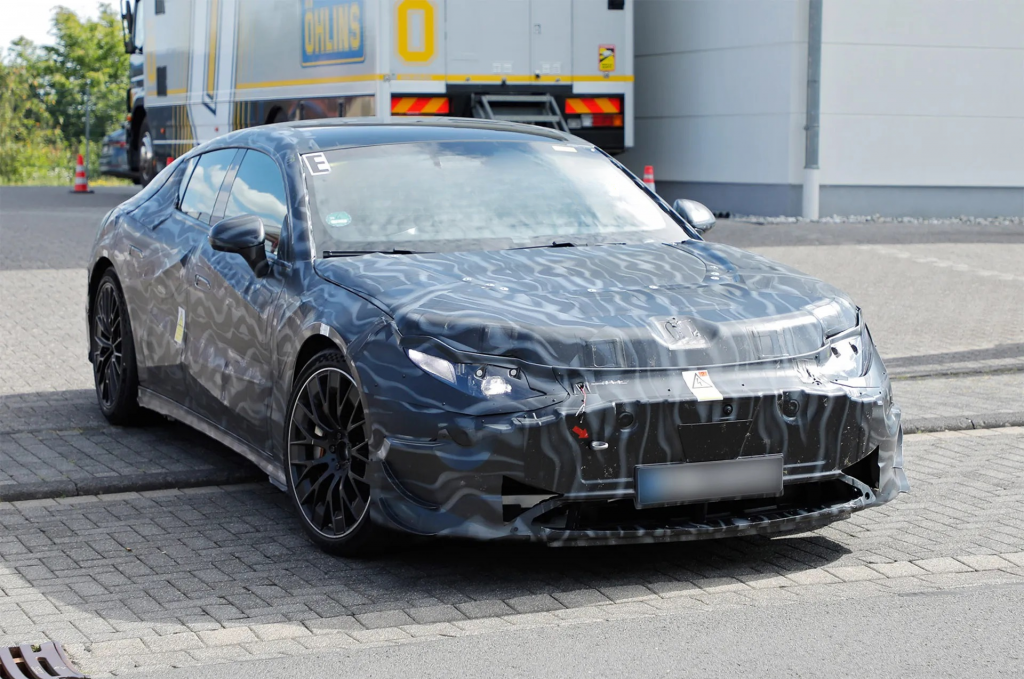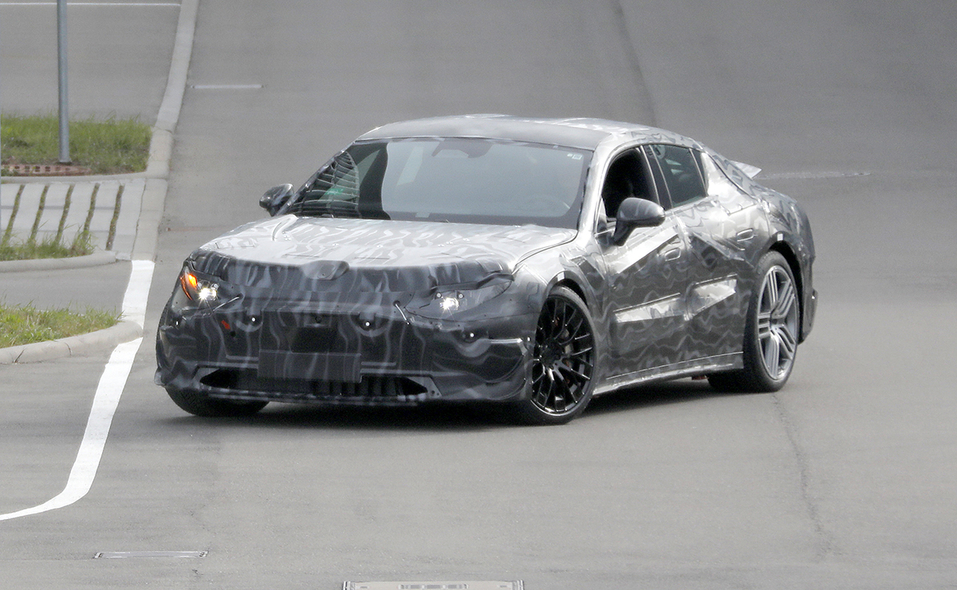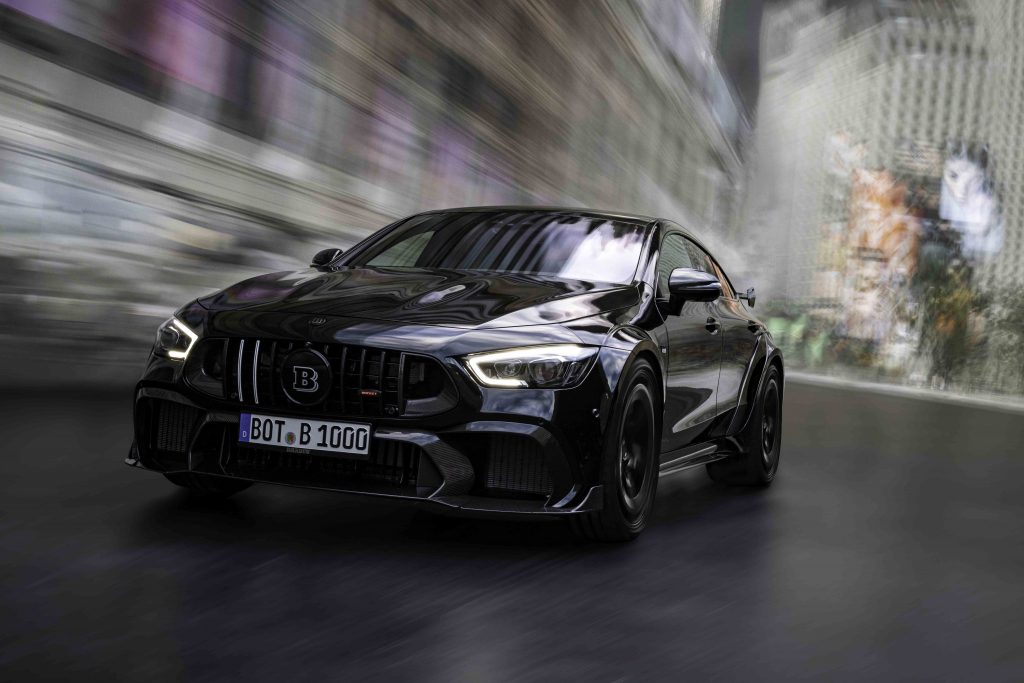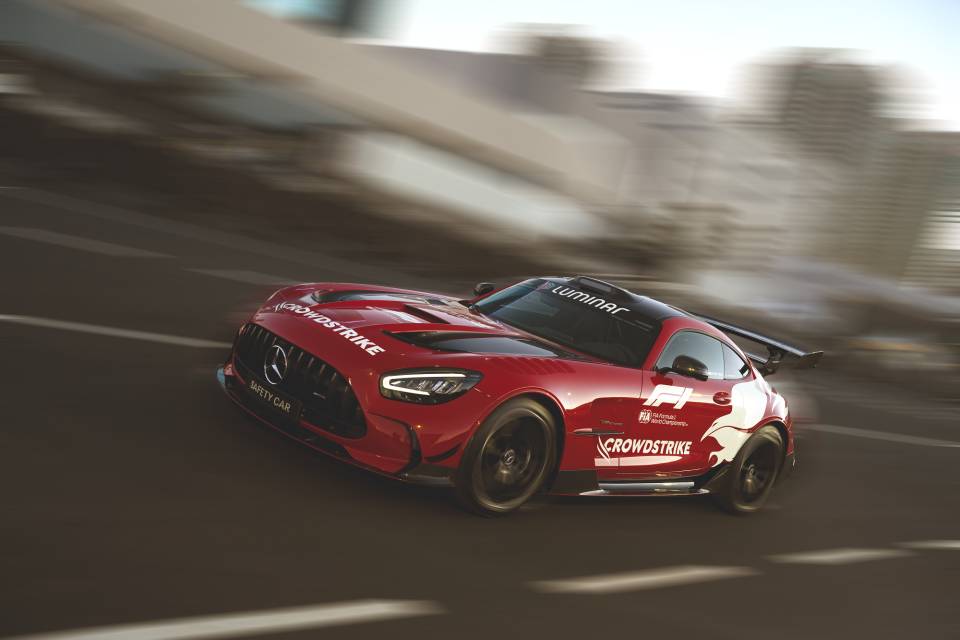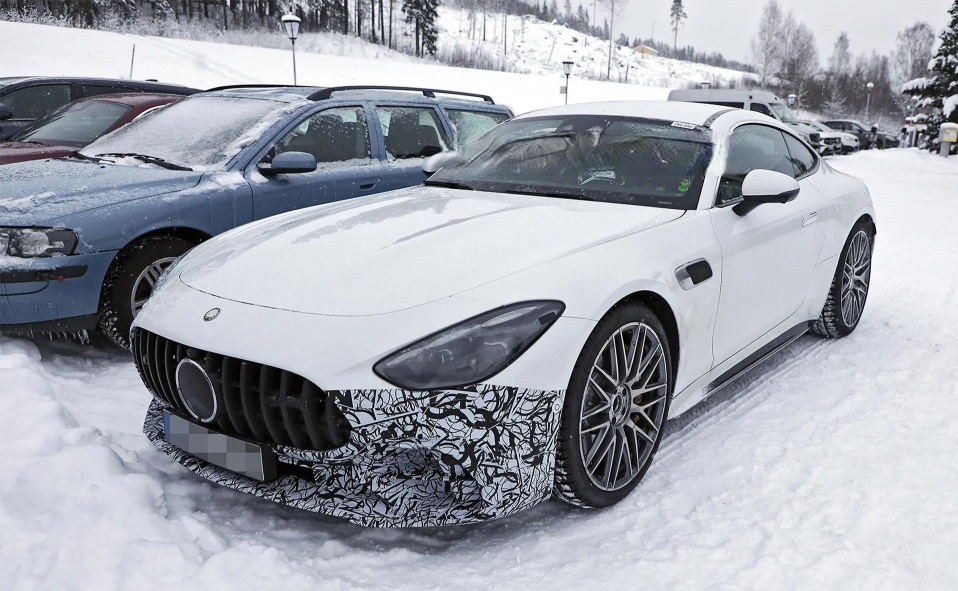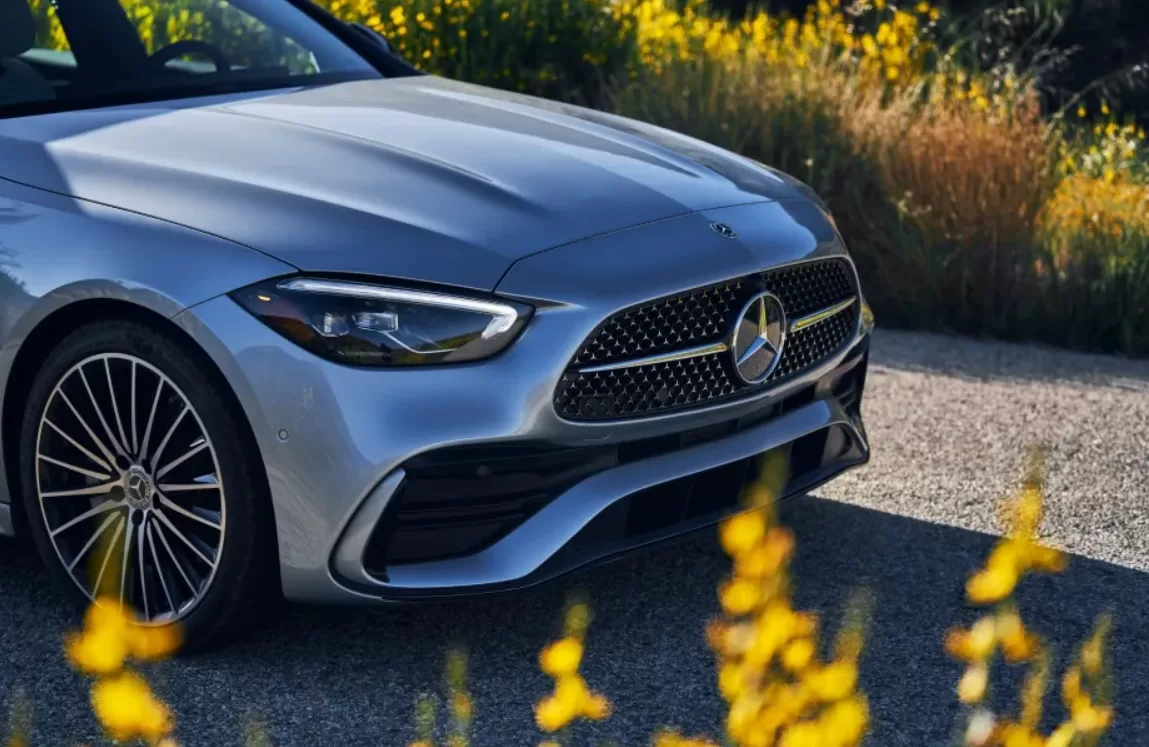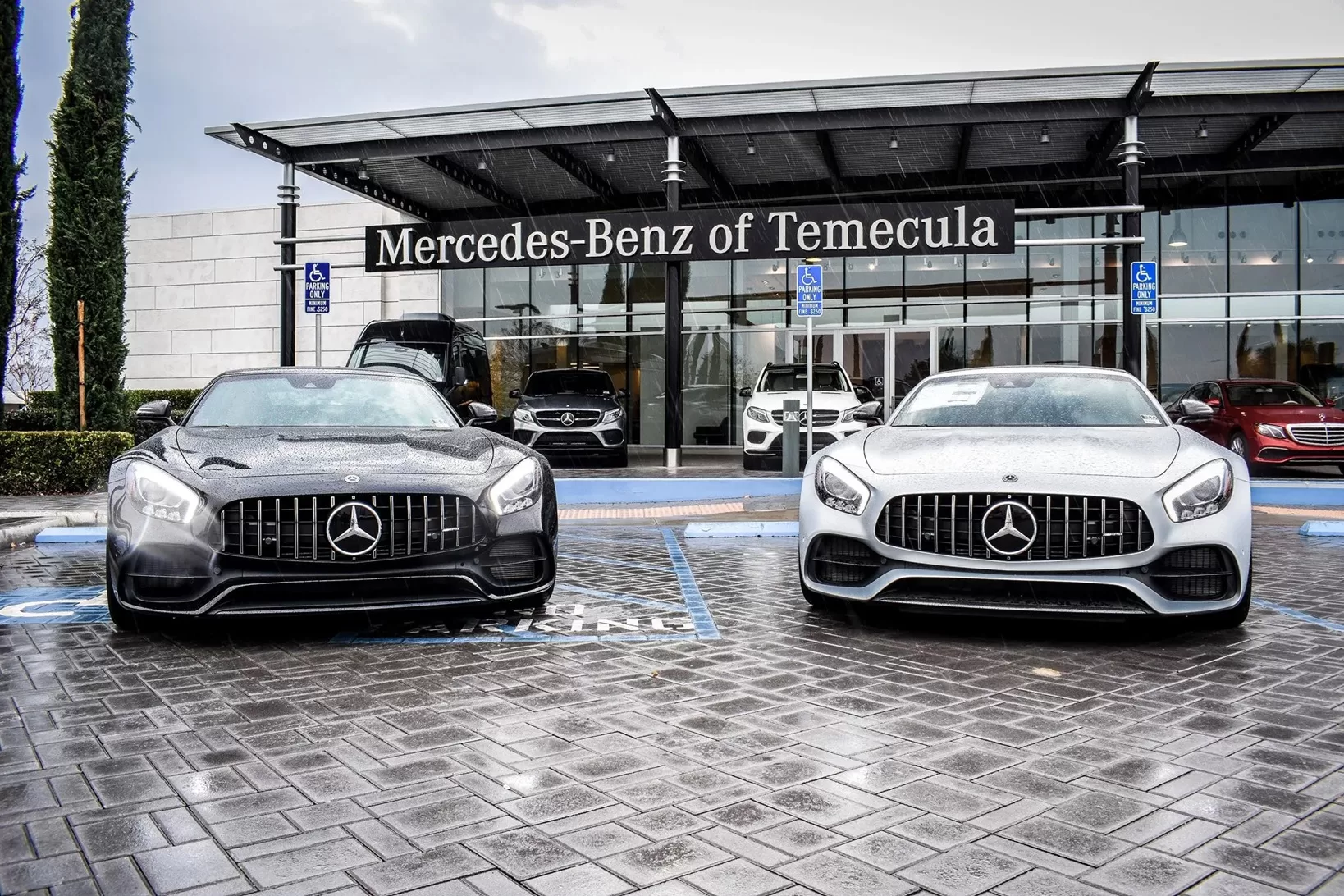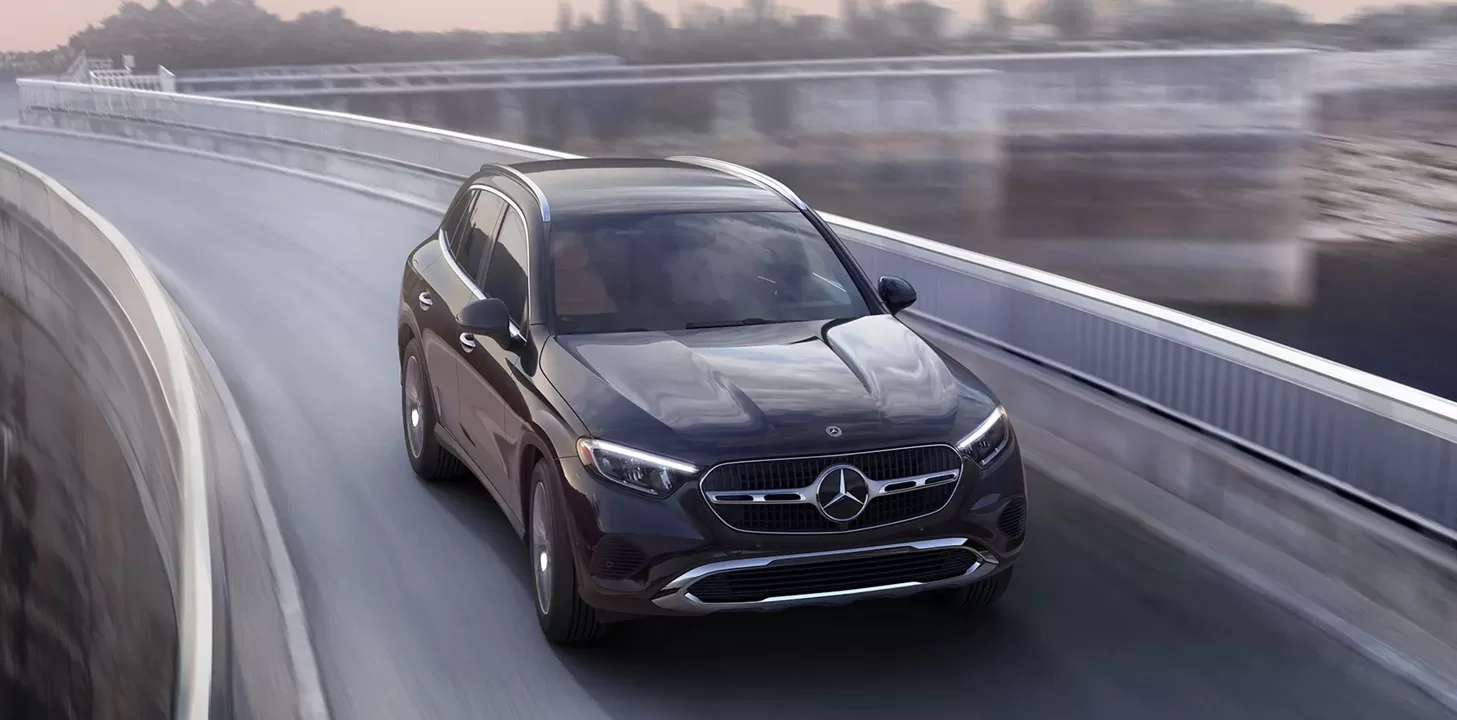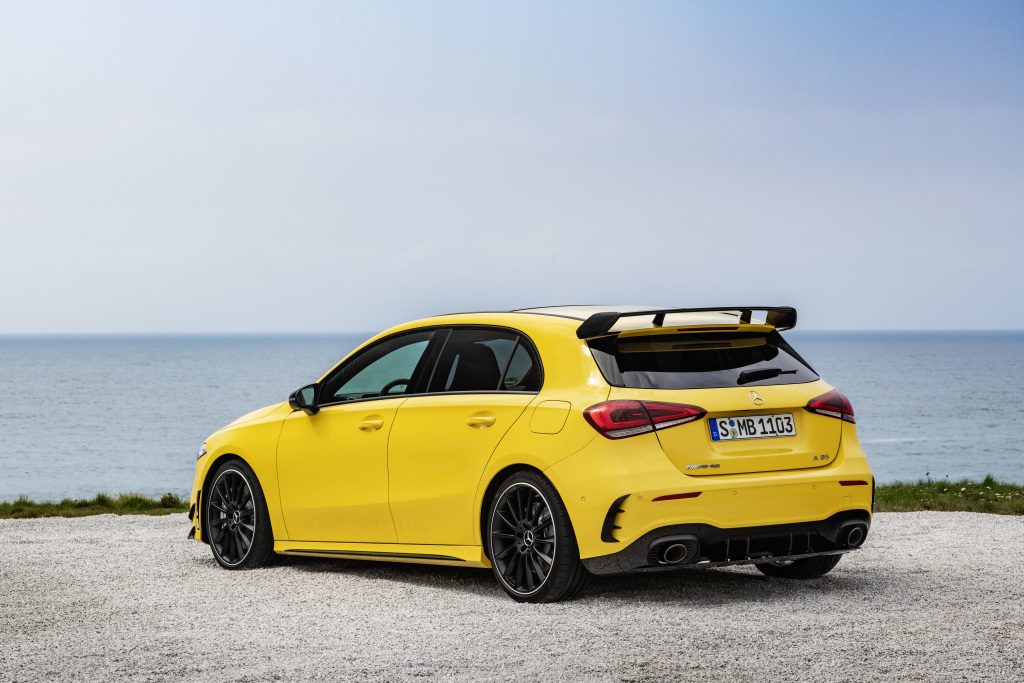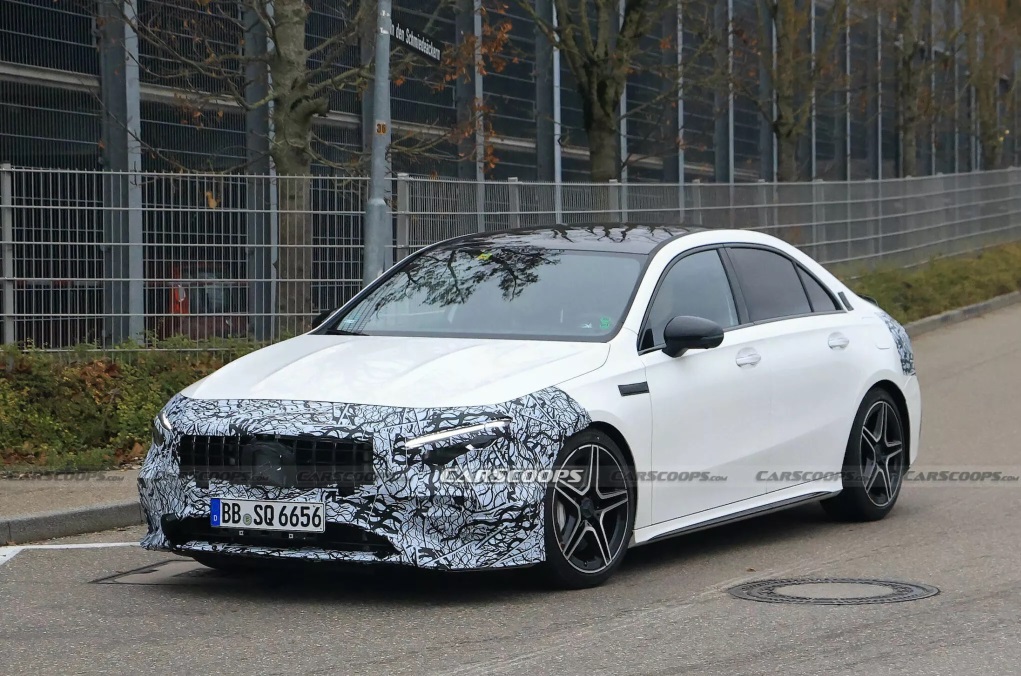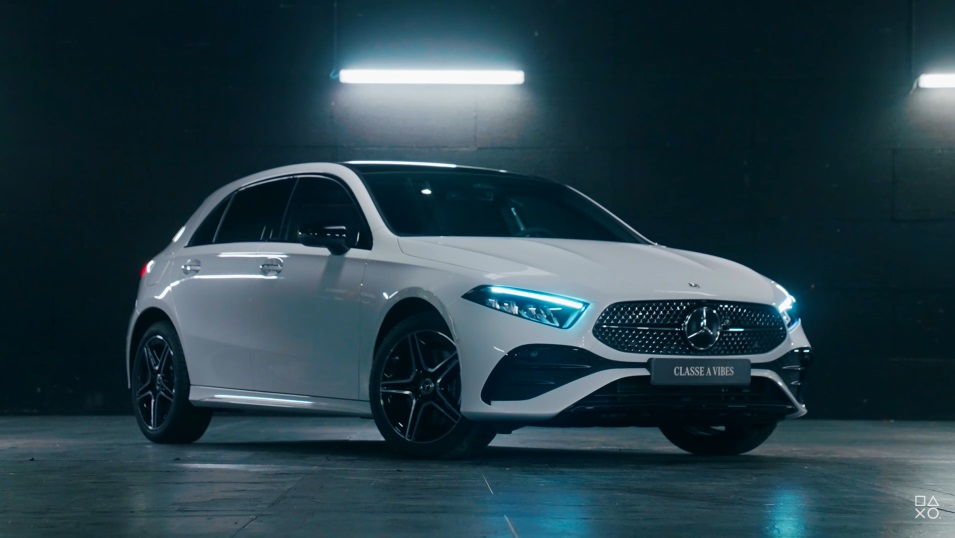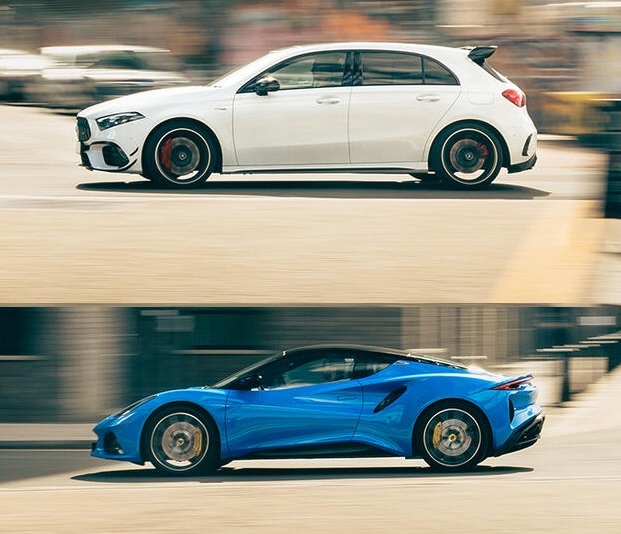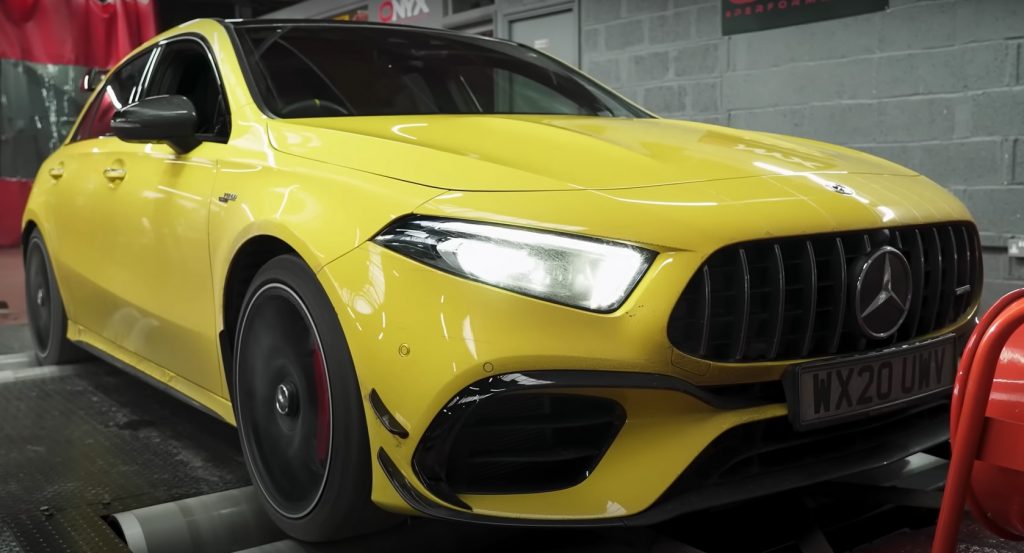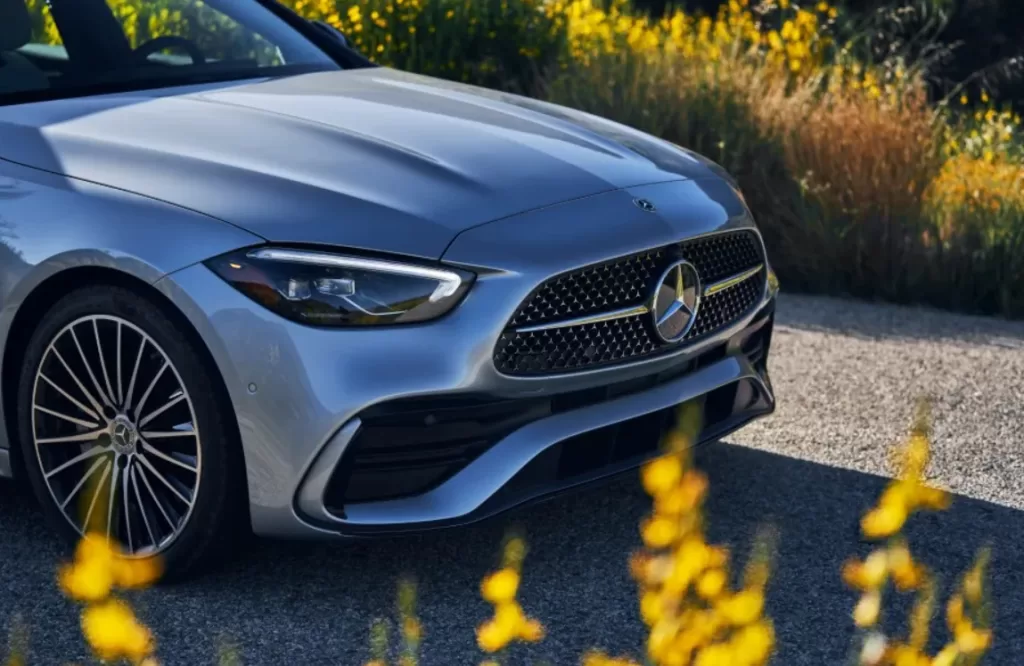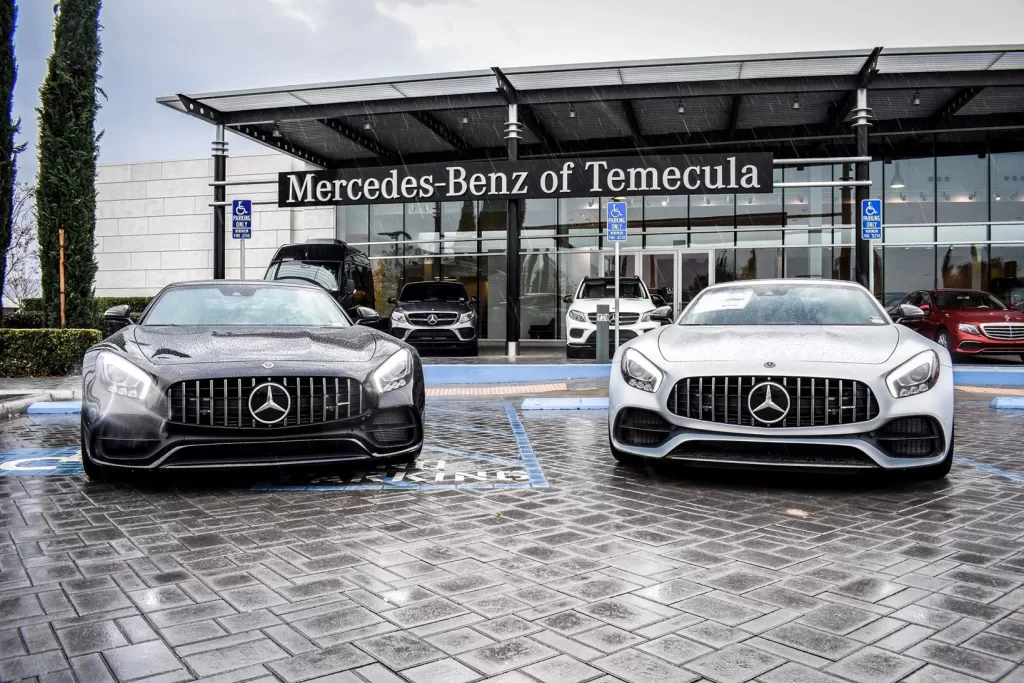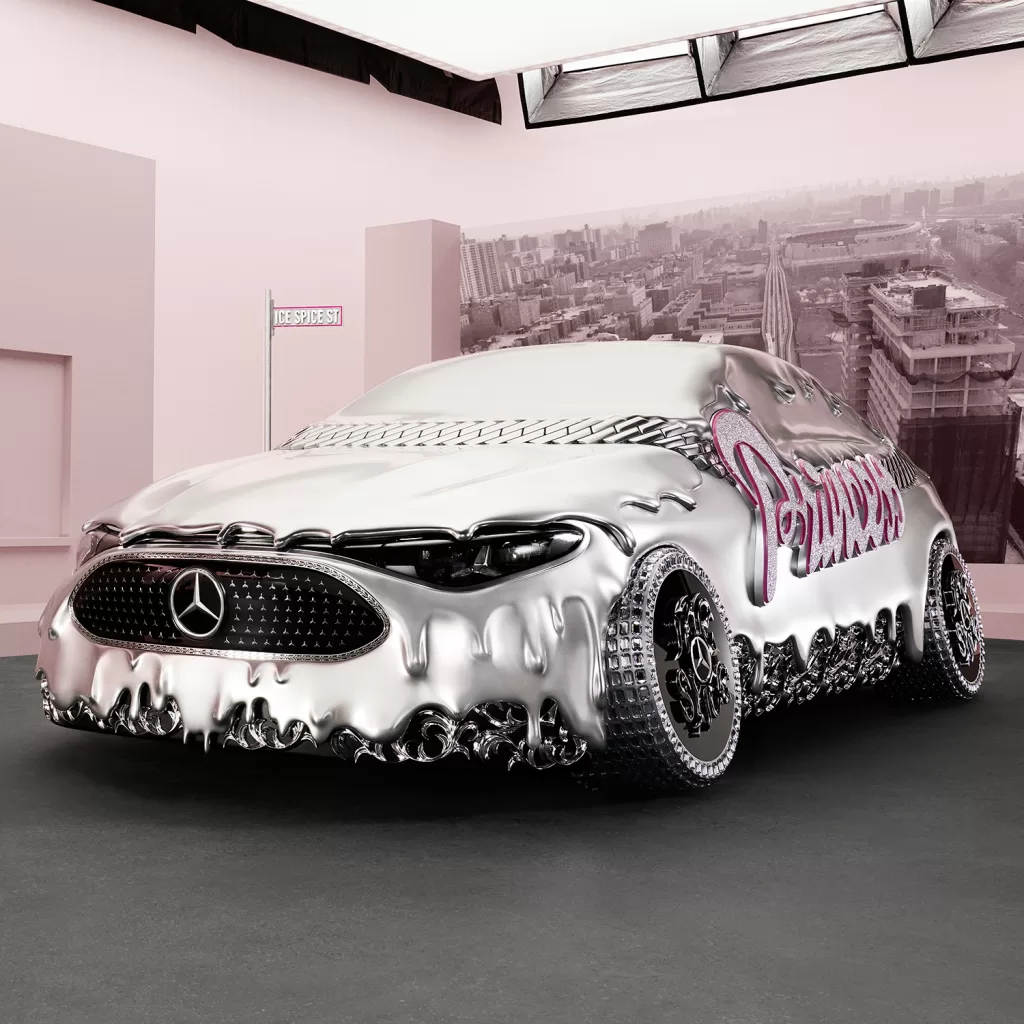After the merger of Daimler-Motoren-Gesellschaft with Benz & Cie. to form Daimler-Benz in 1926, older models of both brands continued to be built at first. The first newly developed Mercedes-Benz production car was the 8/38 hp model (W 02 series) with the two-liter in-line six-cylinder M 02. The undersquare engine developed 38 hp (28 kW) at 3400 rpm. On the basis of the M 02, more powerful engines for subsequent passenger-car generations were developed in several steps.
Taking up the thread of the short, but glorious history of the big Stuttgart supercharged sports cars, in 1927 Mercedes-Benz launched the W 06 series of supercharged sports cars, beginning with the Mercedes-Benz S (26/120/180 hp) – the S standing for “sport”.
The evolution of the Mercedes-Benz S sports car to the SSKL occurred in the years after, in particular as a result of improvements to the engines. The SS model presented in 1928 had an engine with a seven-liter displacement. The maximum output with a supercharger was initially 200 hp (147 kW) and continually increased to 220 hp (162 kW), then 225 hp (165 kW), and ultimately 250 hp (184 kW). The W 06 series was completed with the SSK and SSKL models. The SSKL racing sports car developed 300 hp (220 kW) from its 7.1-liter engine with mechanical charging.
In 1928, the 18/80 hp Mercedes-Benz Nürburg 460 (W 08) was the first Mercedes-Benz passenger car with an eight-cylinder in-line engine. The engine was controlled by a lateral camshaft and developed 80 hp (59 kW) at 3400 rpm. The M 07 engine had its premiere in 1930 as Mercedes-Benz’s second eight-cylinder engine, powering the 770 Grand Mercedes, a representative car that satisfied the highest demands. From a 7.7-liter displacement, the engine developed 200 hp (147 kW) at 2800 rpm with the supercharger engaged.
Innovative compact car with rear-wheel drive
At the same time as the eight-cylinder models served to emphasize Mercedes-Benz’s position in the luxury class, the engineers were working on innovative concepts for compact sedans. The result of this research was the 130 (W 23) model of 1934, whose four-cylinder engine with 1.3-liter displacement was housed in the rear of the car. This model was thus the first Mercedes-Benz passenger car to have a rear-mounted engine as standard. The 170 H (W 28) model, presented in 1936, also had a four-cylinder gasoline engine mounted in the rear.
Mercedes-Benz aircraft engines
Many innovations in Daimler-Benz engine production in the 1930s were based on aircraft engines. Thus, the LZ 129 Zeppelin airship, better known as the Hindenburg, was driven by four Daimler-Benz V16 engines from the DB 602 (LOF 6) series, each with a maximum output of 1200 hp (882 kW).
In 1937, the DB 601 A, a V12 engine with overhead cylinders, went into production as the first Daimler-Benz aircraft engine with gasoline injection. This system was adopted for passenger cars after the Second World War.

